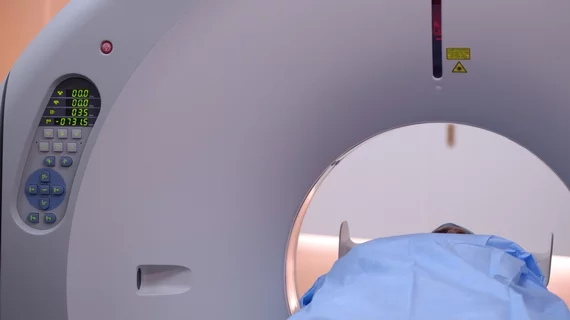Up to 63% of additional findings from CT-guided procedures are not included in procedural reports
CT-guided procedural images offer additional diagnostic information not present on initial reference exams, but a majority of these findings never make it into radiologists' procedural reports, according to new research.
Procedural CT images are obtained during diagnostic exams such as percutaneous drainages and nodule biopsies, and it isn’t uncommon for them to vary from original reference images. However, these differences are often underreported, prompting researchers to suggest that their prevalence be taken more seriously.
“These findings can alter the procedure course and even affect patient management," corresponding author Mihran Khdhir, with the Department of Diagnostic Radiology at American University of Beirut Medical Center in Lebanon, and co-authors explained. "This highlights the importance of reviewing the procedural images and documenting diagnostic findings in the procedure report."
To examine the role these additional findings might play in patient outcomes and treatment plans, two radiologists retrospectively reviewed procedural images obtained at the American University of Beirut Medical Center between April 2017 and May 2020. The radiologists divided their findings into three categories: new findings, characterization of prior findings or change of prior findings.
Diagnostically valuable findings were reported in 6.1% of the procedural CT images, with 32 of those considered to be new findings. Out of those images, eight characterizations were added and 41 resulted in changes to the original finding.
Additional changes and characterizations correlated with the time interval in between when the reference and procedural images were obtained. The more time that had passed between image acquisitions, the more likely the procedural imaging contained additional findings
The experts noted that 73% of the findings held clinical significance and, concerningly, 63% were not documented in procedural reports. The researchers noted that these additional findings could alter the course of a patient’s diagnosis and treatment and should therefore be documented appropriately.
“We suggest review of the procedural images to be an integral part of the procedure and to be incorporated within the report structure. These findings are usually unexpected and communication with referring physician in case of clinically significant findings is advised,” the experts wrote.
The detailed research can be viewed in the European Journal of Radiology.

